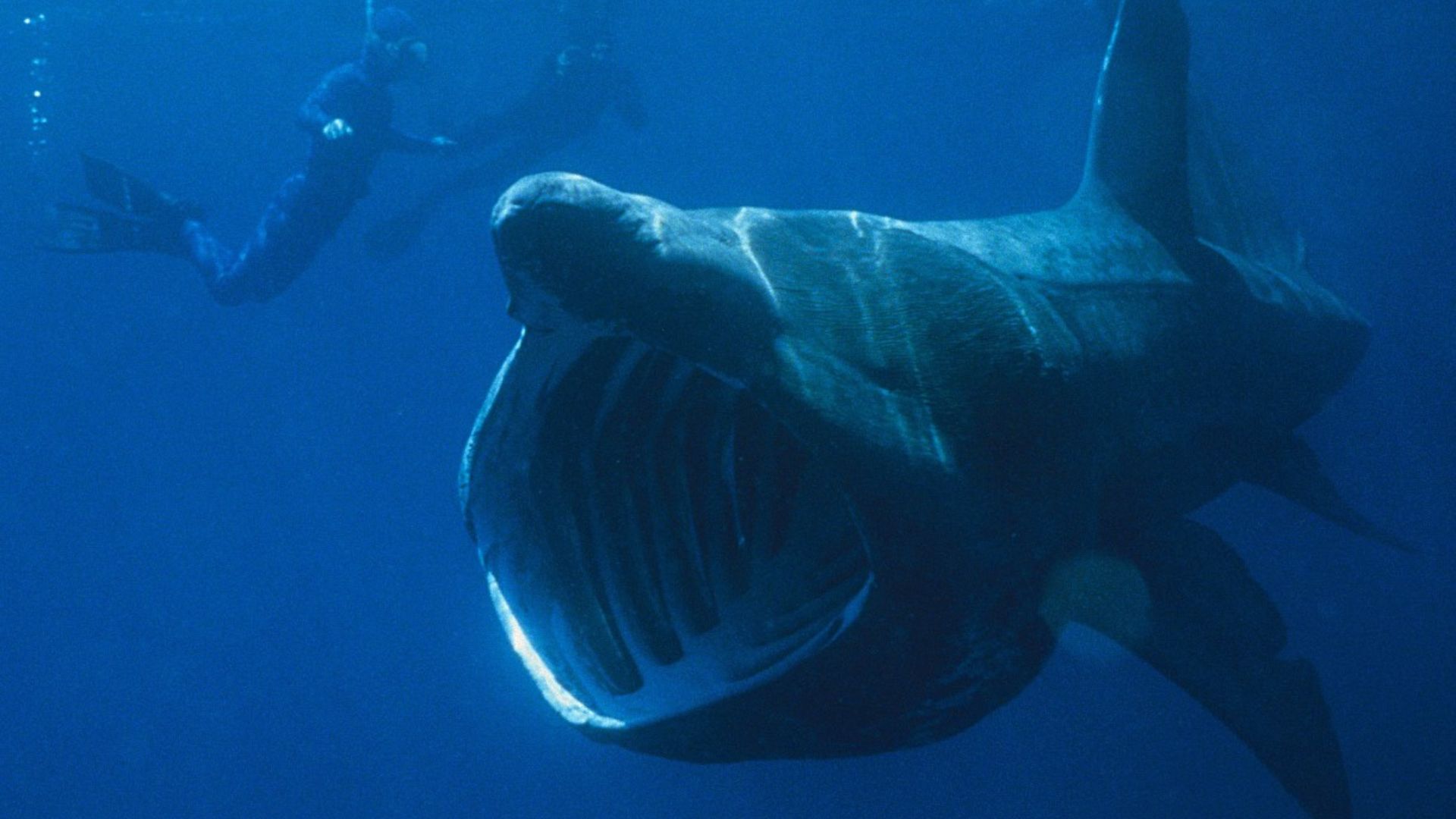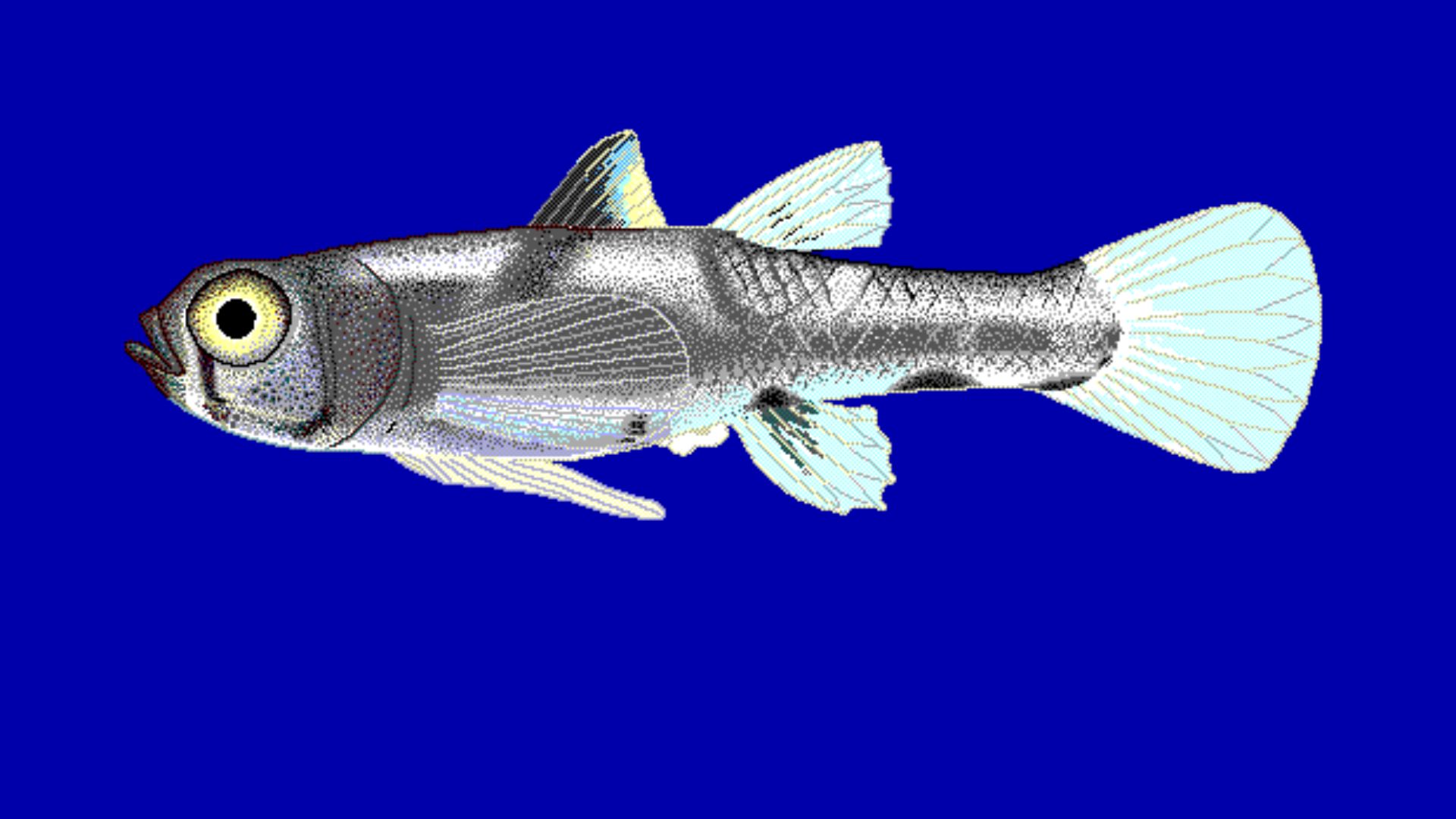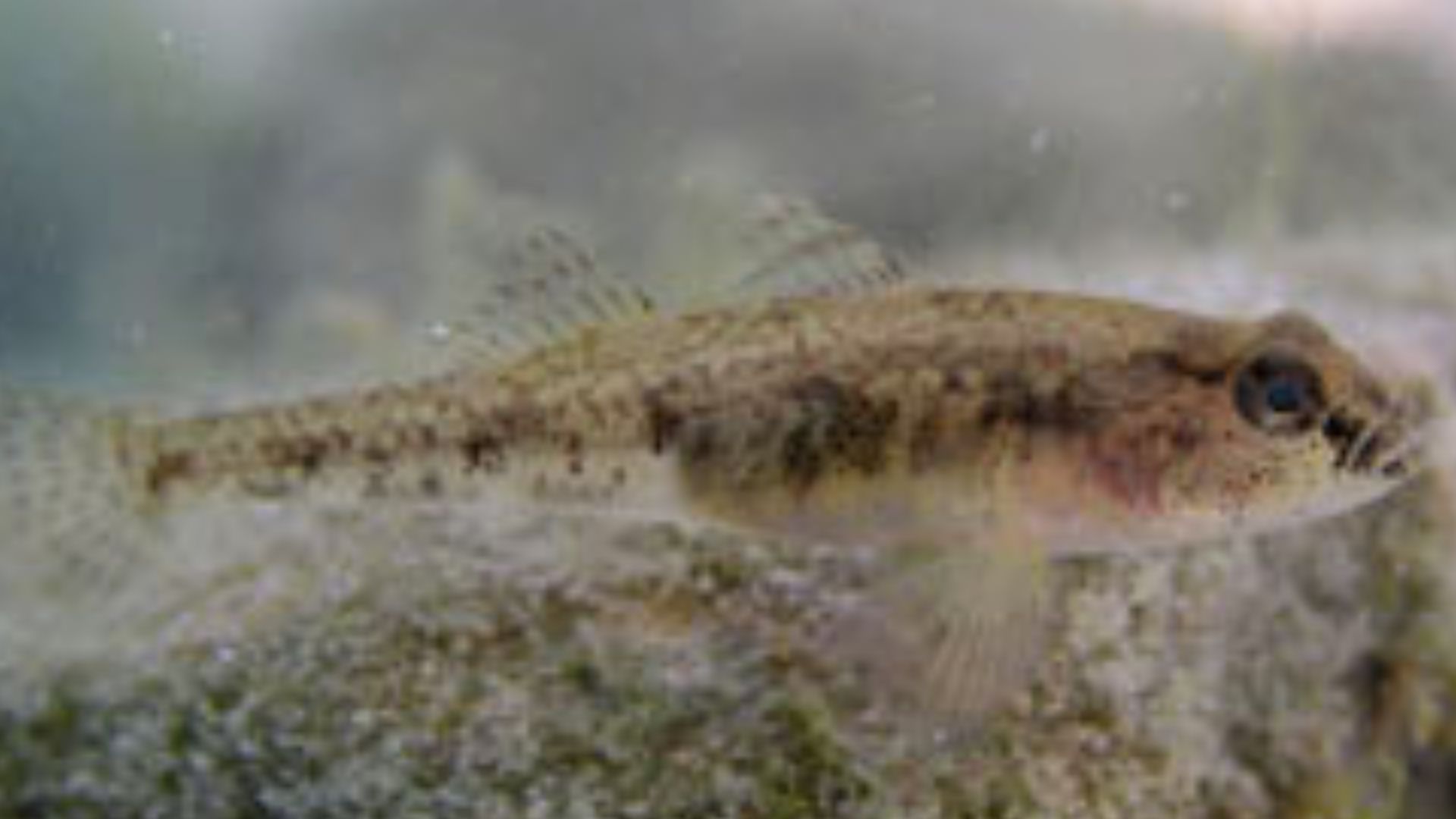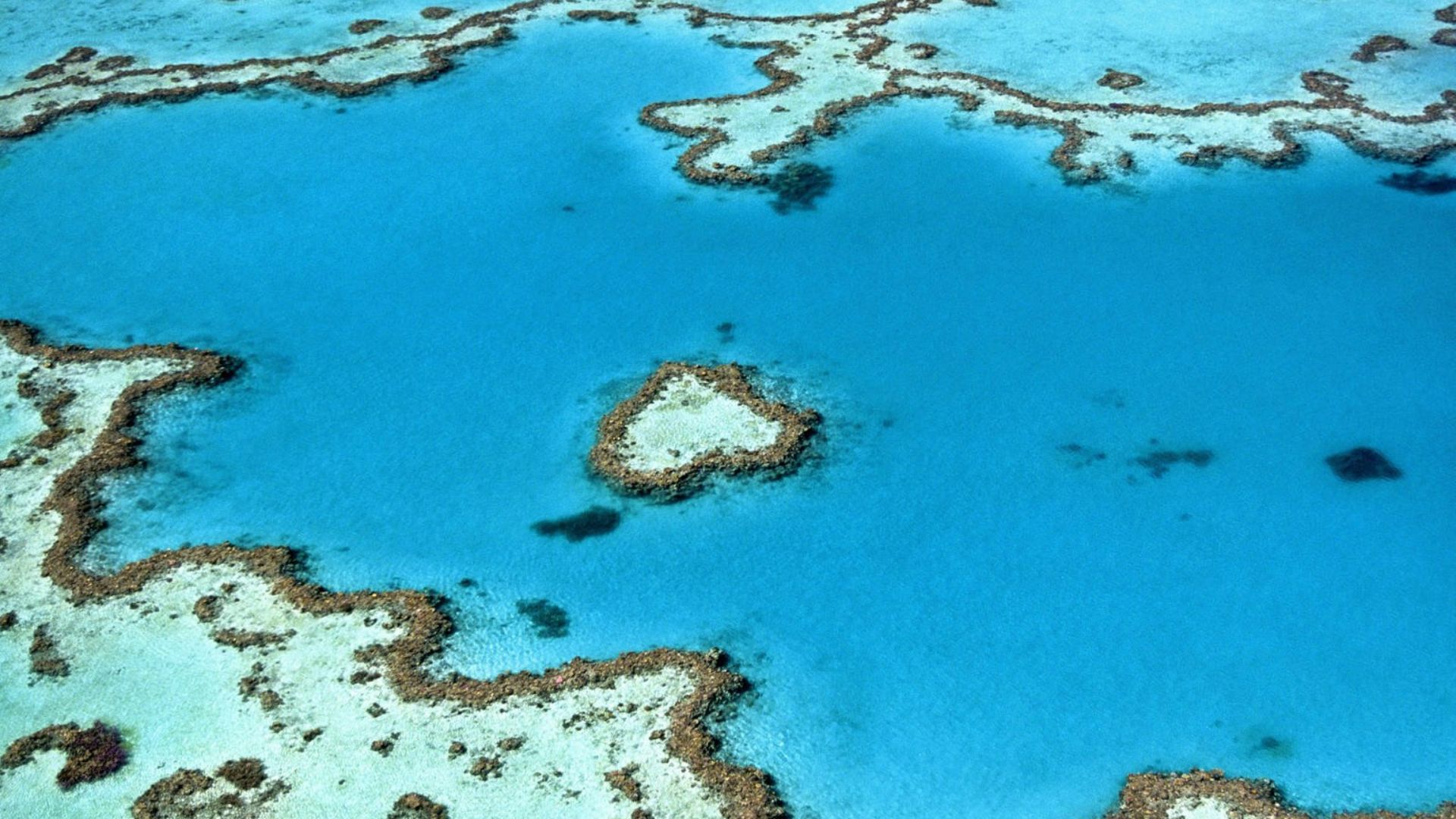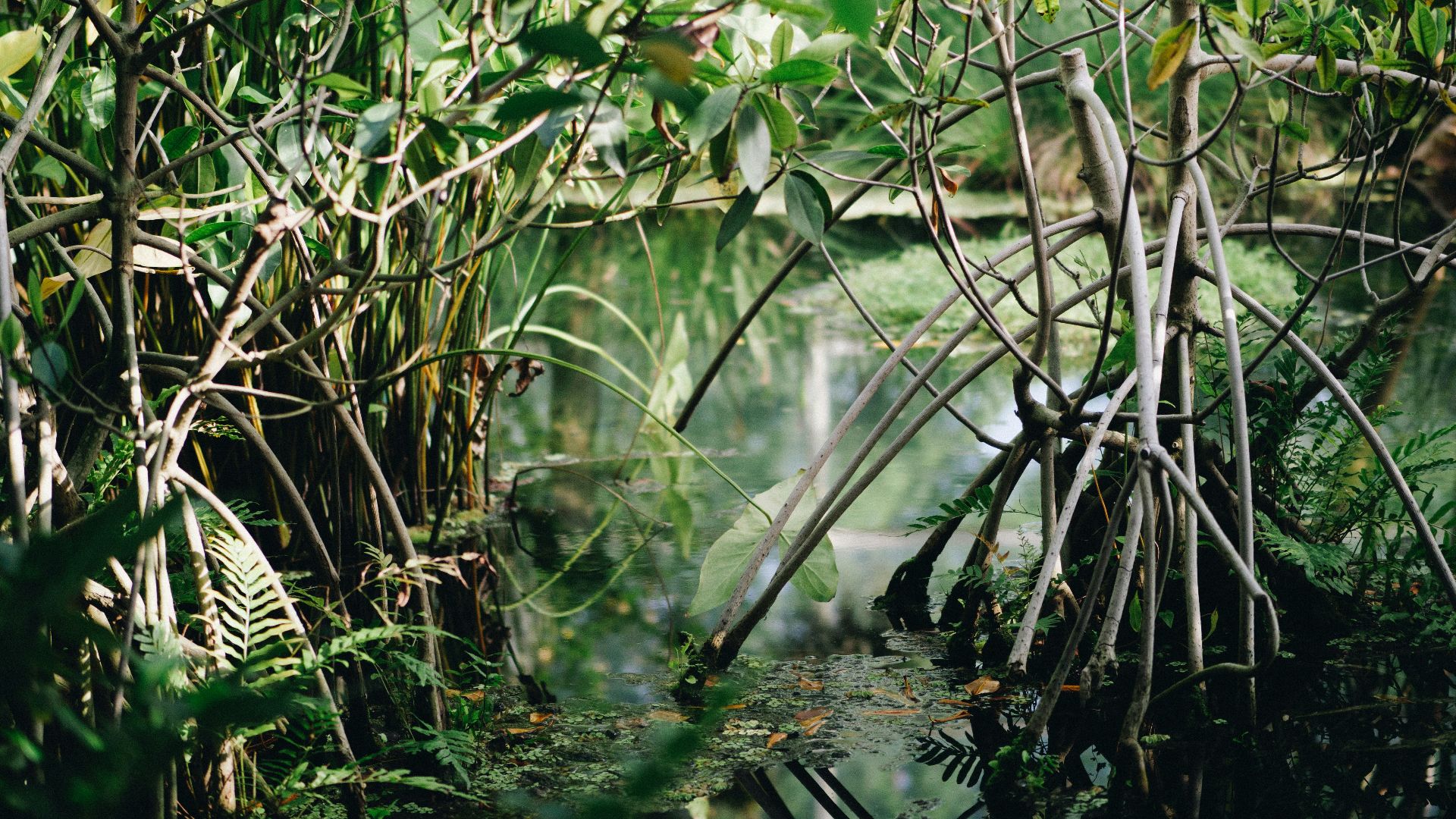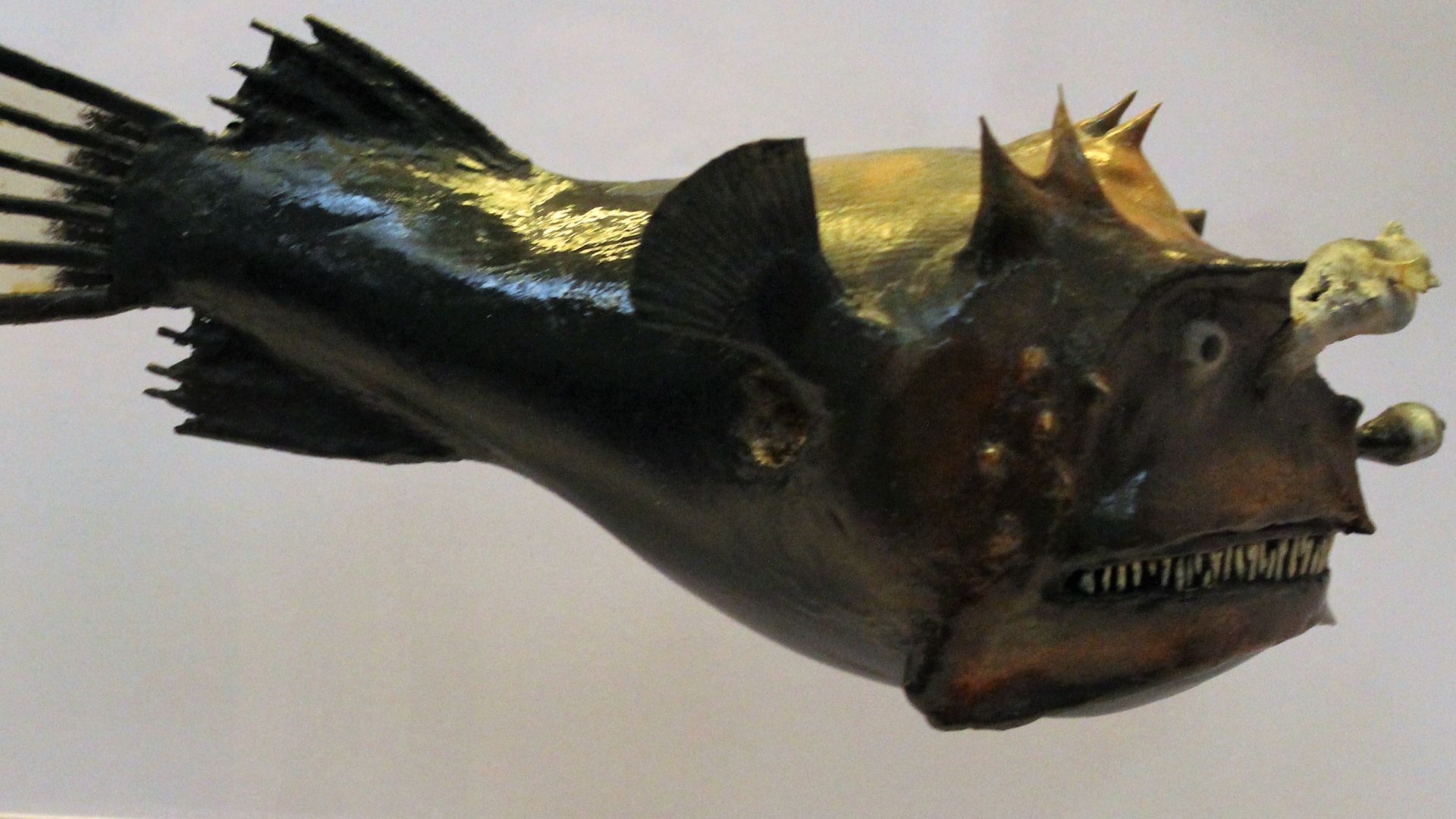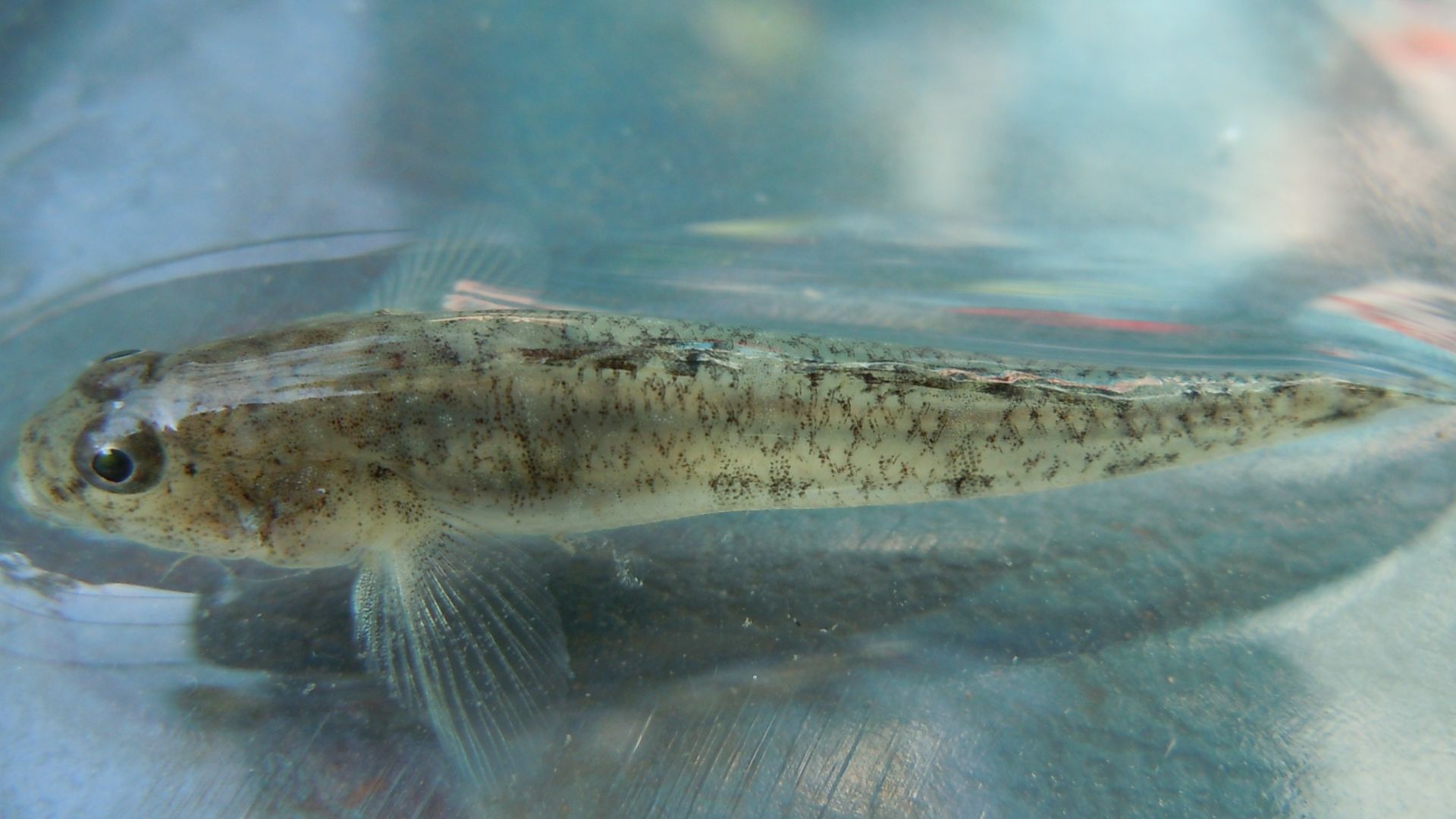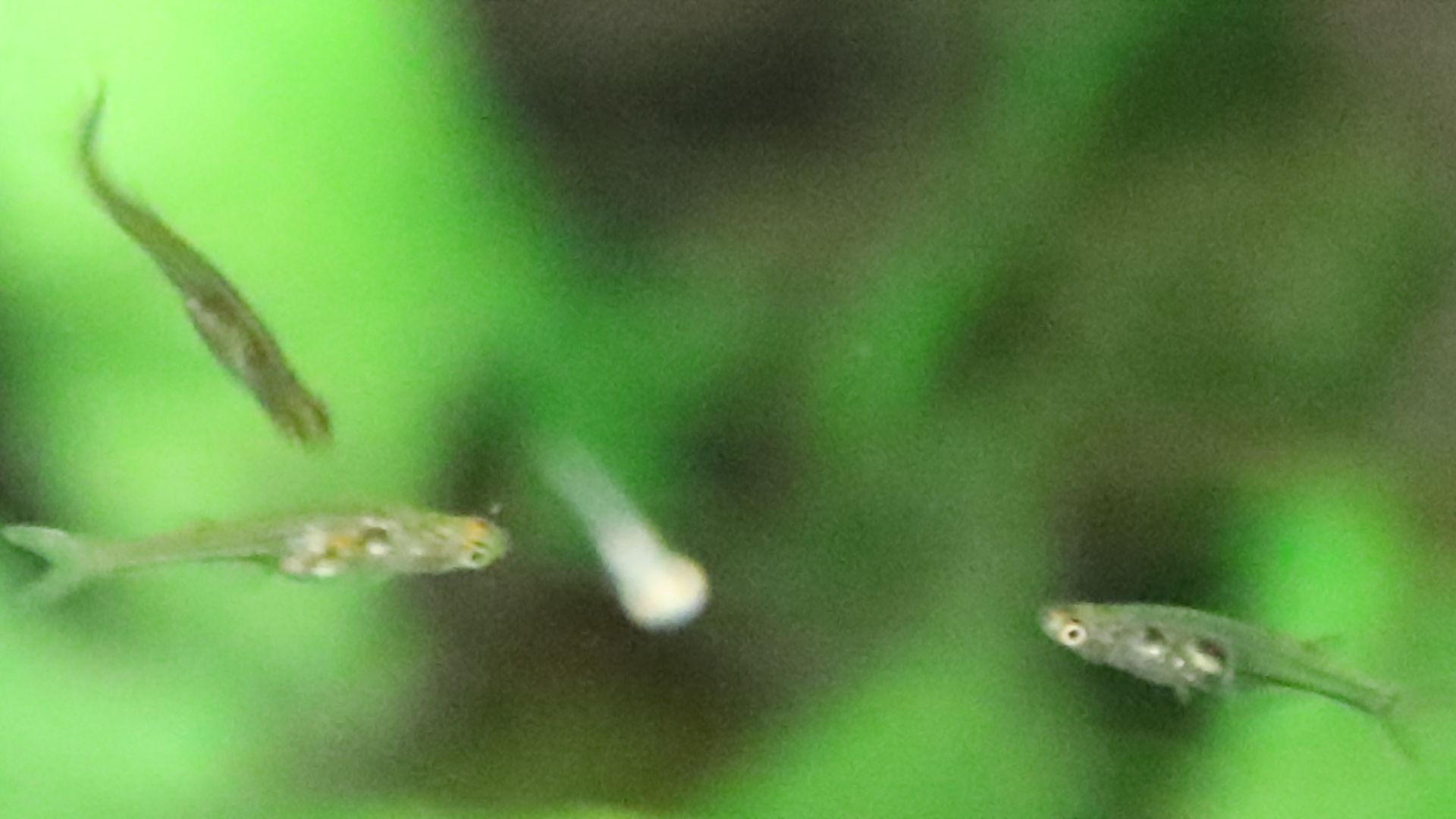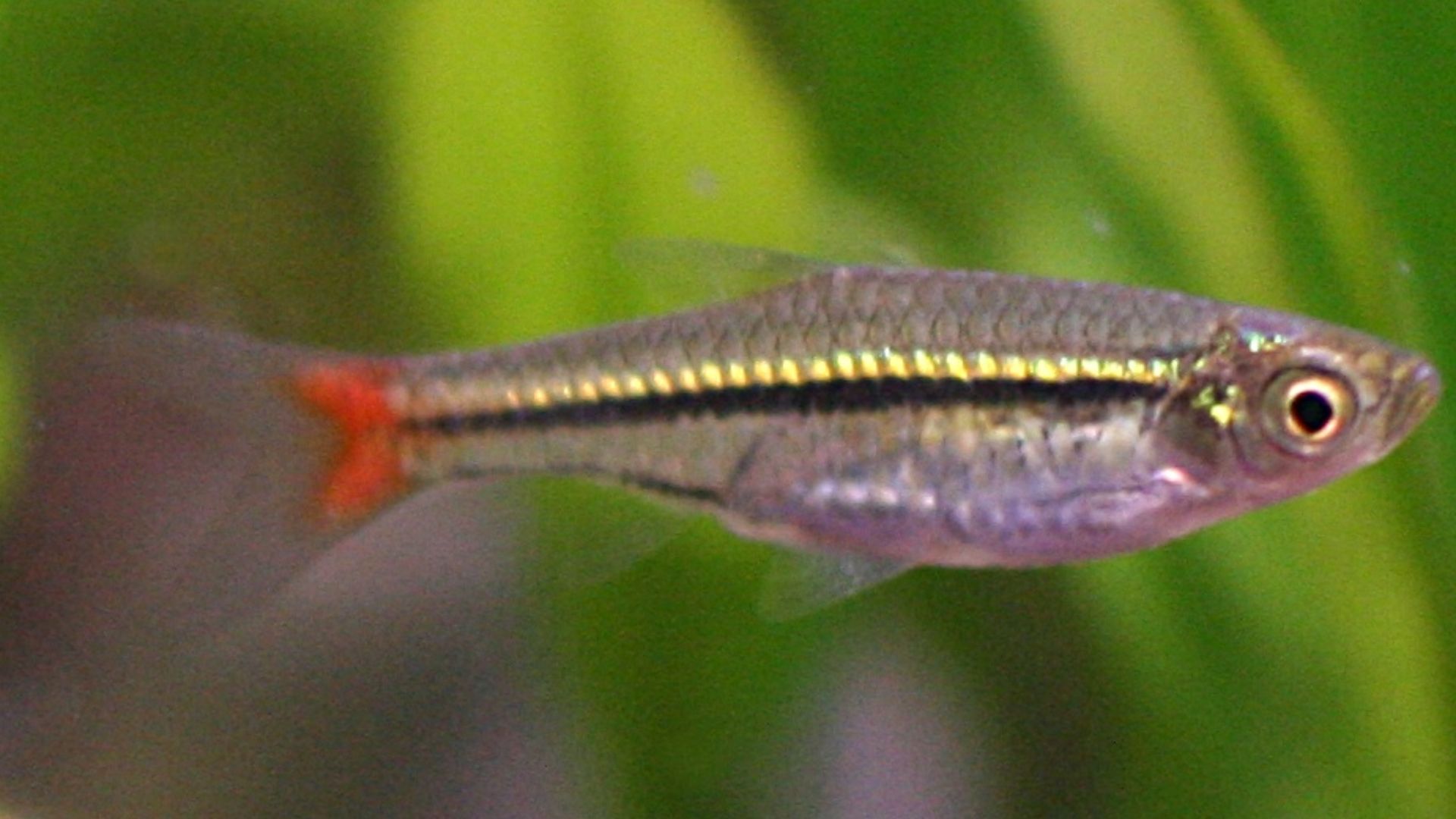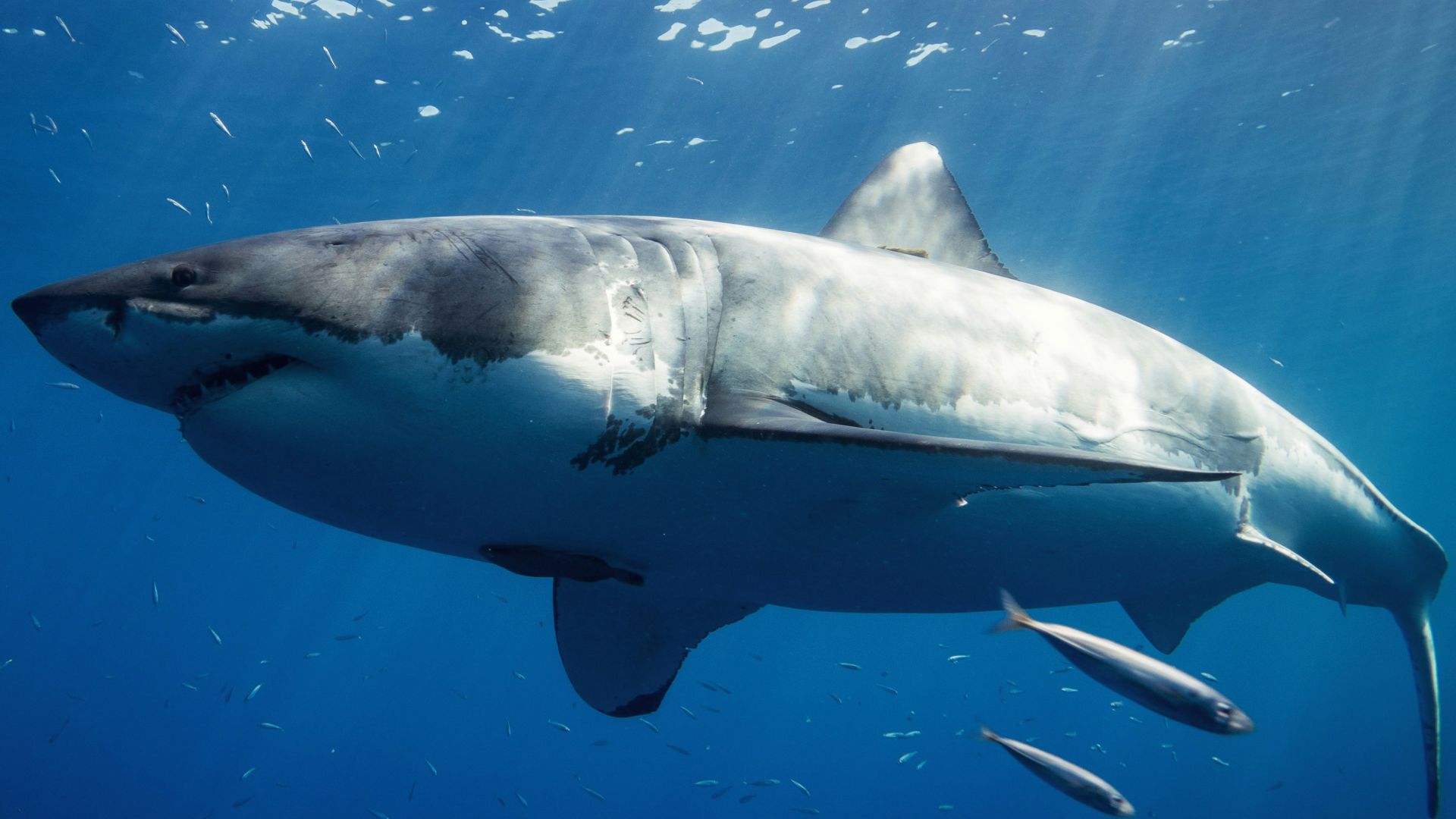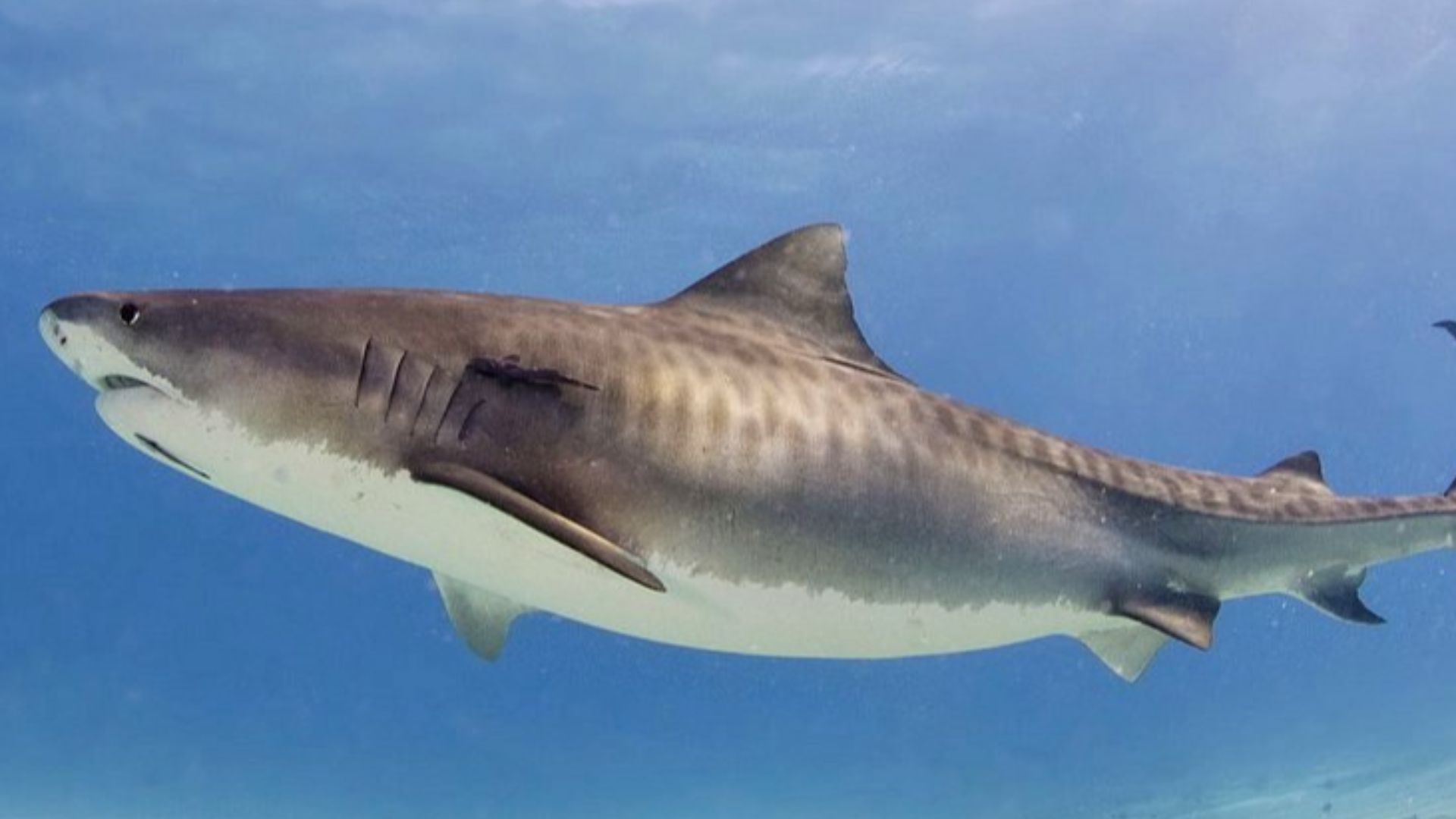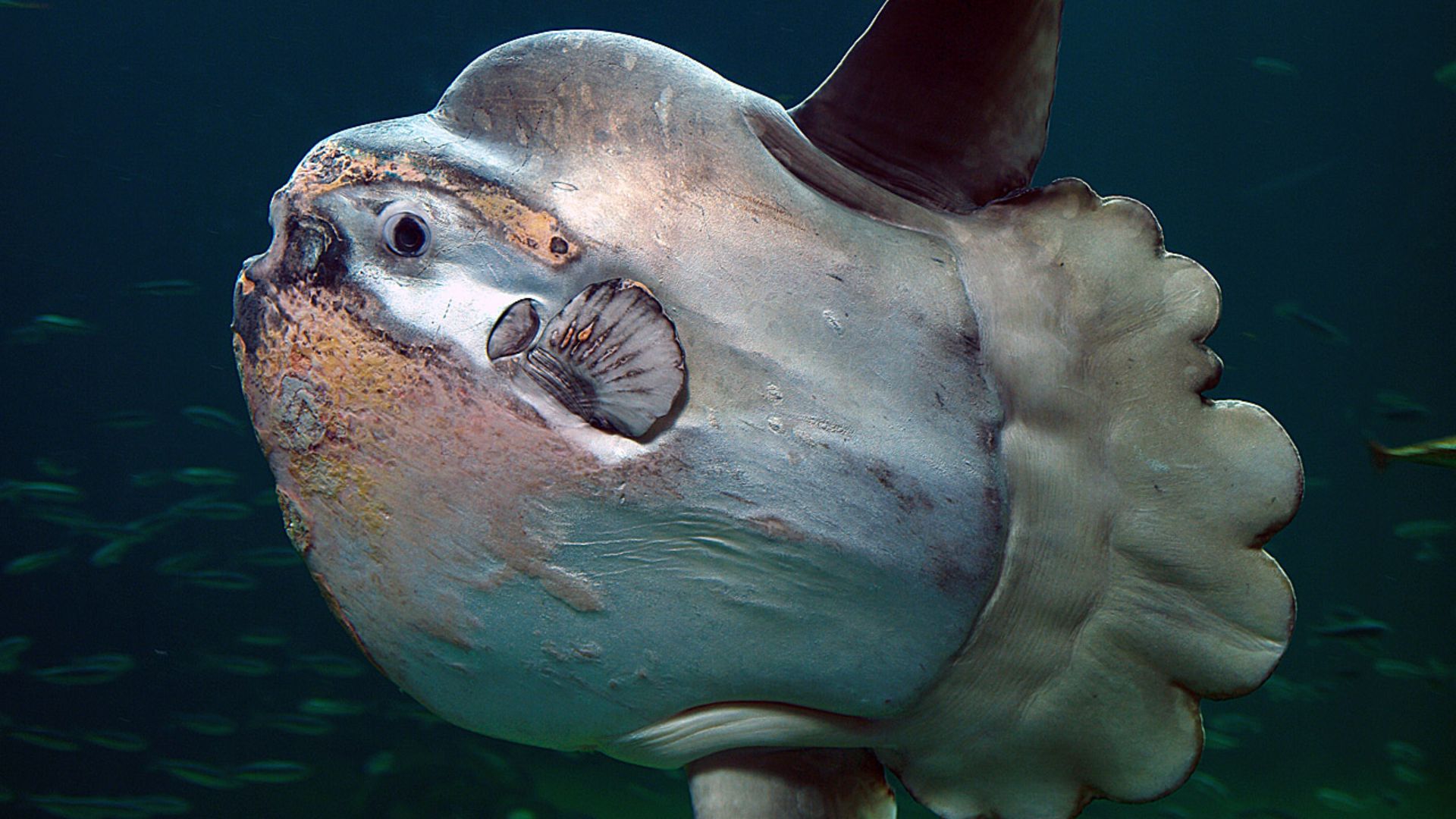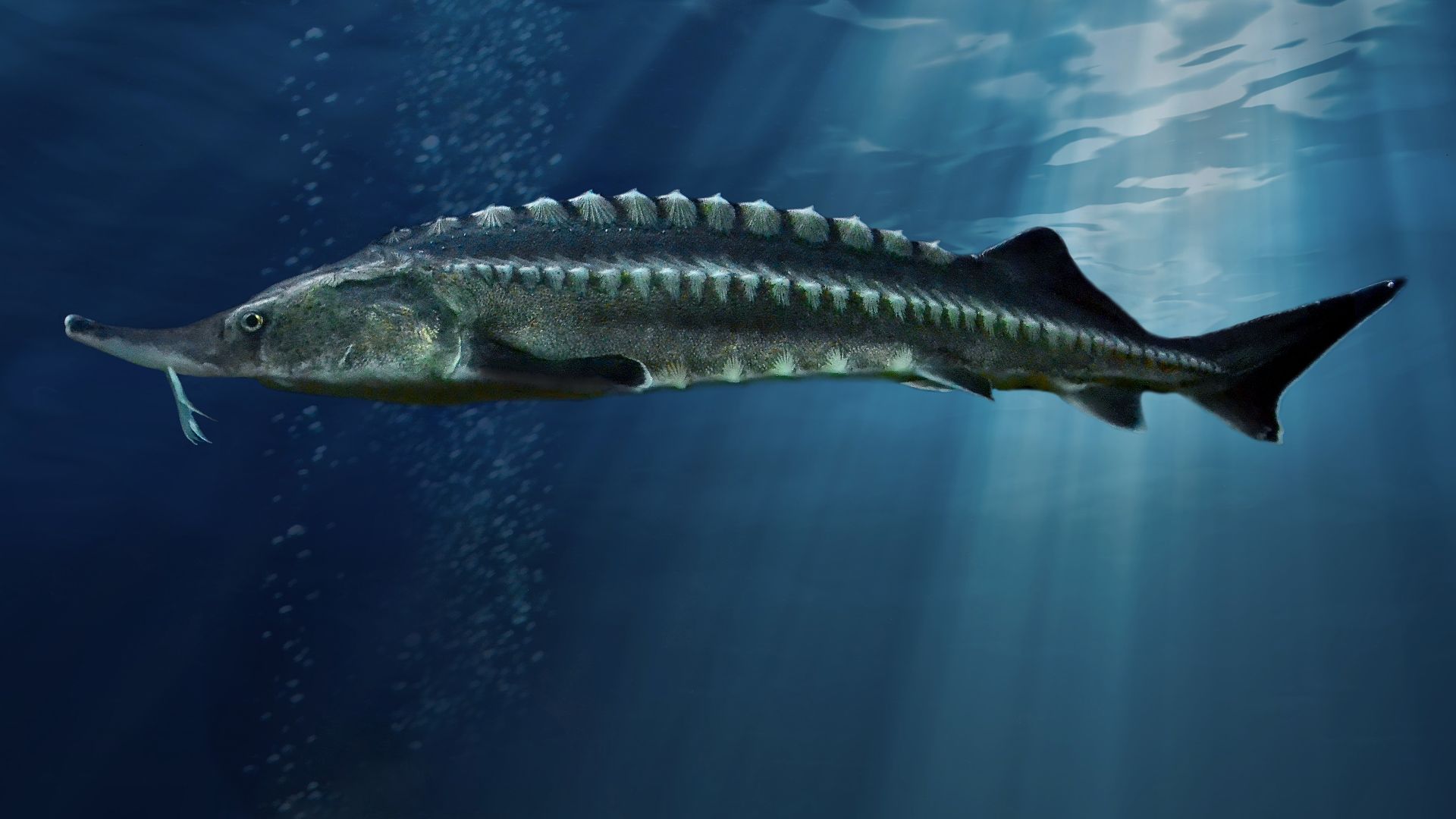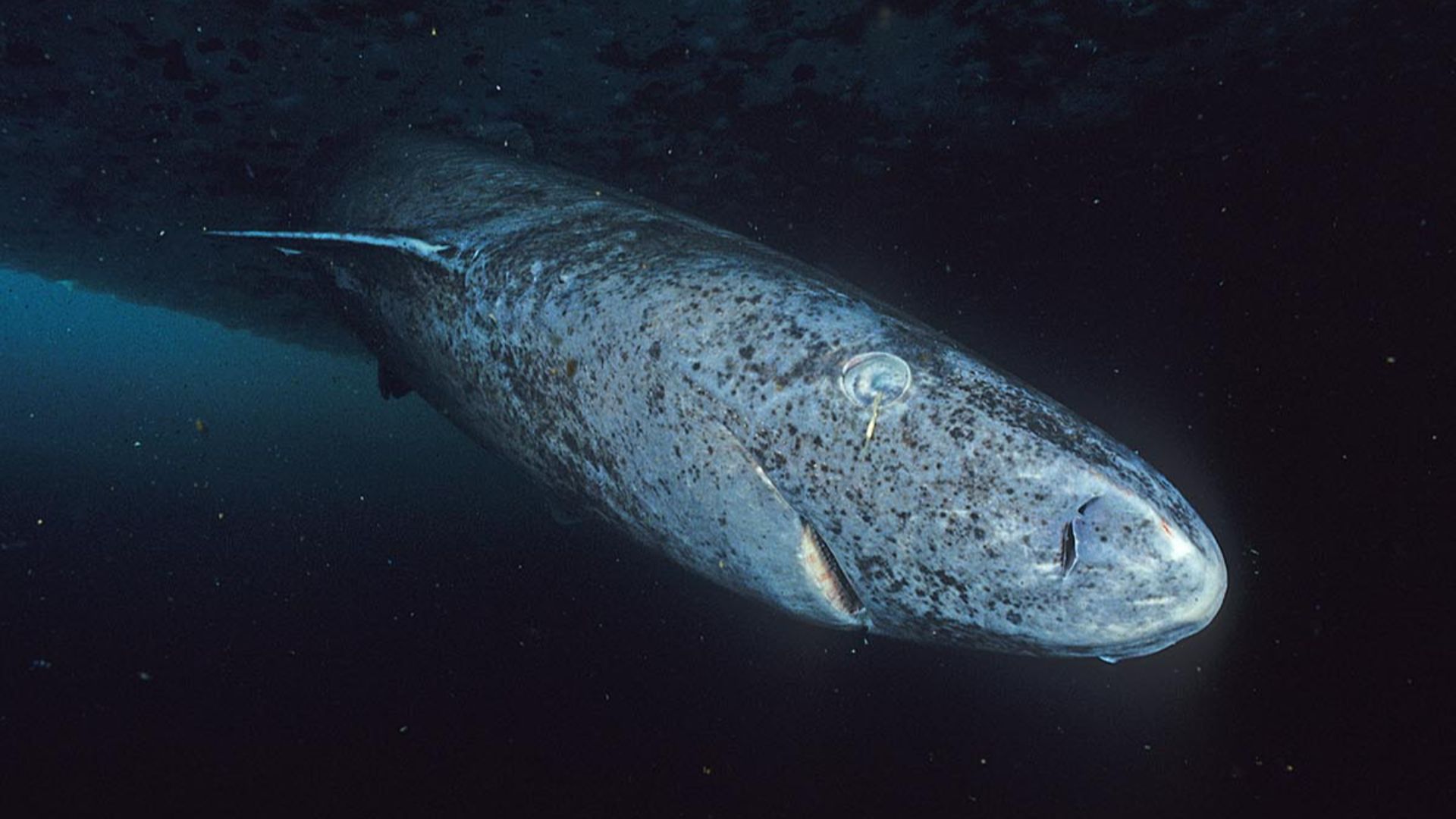Plenty of Fish in the Sea
The world’s oceans are teeming with life that comes in all sizes and shapes. Due to their sizes, these species can be some of the most mysterious inhabitants of our planet. With that in mind, here are some of the smallest and largest creatures to inhabit the great blue depths.
1. Paedocypris Progenetica
Considered one of the smallest fishes in the world, reaching a maximum standard of 10.33 mm, the progenetica spends most of its life swimming around swamps and blackwater streams. Apparently, their skulls are roofless, enabling their diminutive size.
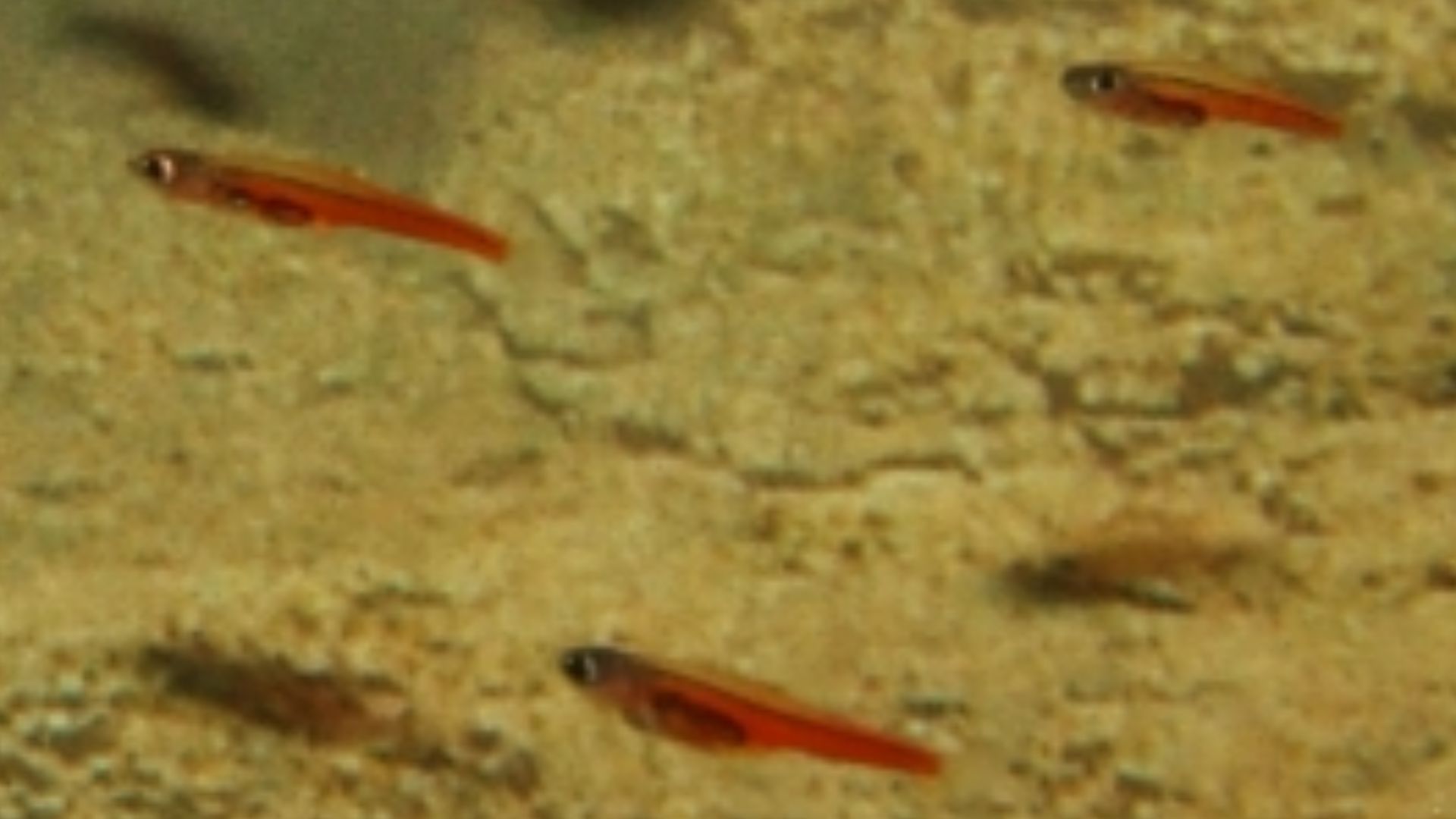 Aquaristikhaus at de.wikipedia on Wikimedia
Aquaristikhaus at de.wikipedia on Wikimedia
2. Corfu Dwarf Goby
This goby reaches up to 2.2 cm on the high end and spends most of its life living in the freshwater near the island of Corfu in Greece. Unfortunately, there is very little known about the species as their recordings are limited. They were once documented in 1983 but then weren’t found again until 2014.
3. Guillet’s Goby
The Guillet’s goby can get up to 24 mm in length and spends most of its life exploring the sandy and muddy substrates of coastal waters. It’s been found everywhere from the Atlantic to the Mediterranean and prefers to stay tucked away near the seabed.
4. Stout Infantfish
The stout infantfish inhabits the coral reef lagoons of the world and is often found in the Great Barrier Reef in Australia. The females of the species can reach 7 mm, with the males lagging behind at 6.5 mm. Due to this size, they also have a short lifespan and lack certain physical characteristics.
5. Celestial Pearl Danio
The pearl danio reaches lengths of 2.5 cm and likes to live its life in shallow but vegetated ponds. They also form large, peaceful schools and can use their vibrant colors in mating rituals. These species are often found in the ponds in Myanmar.
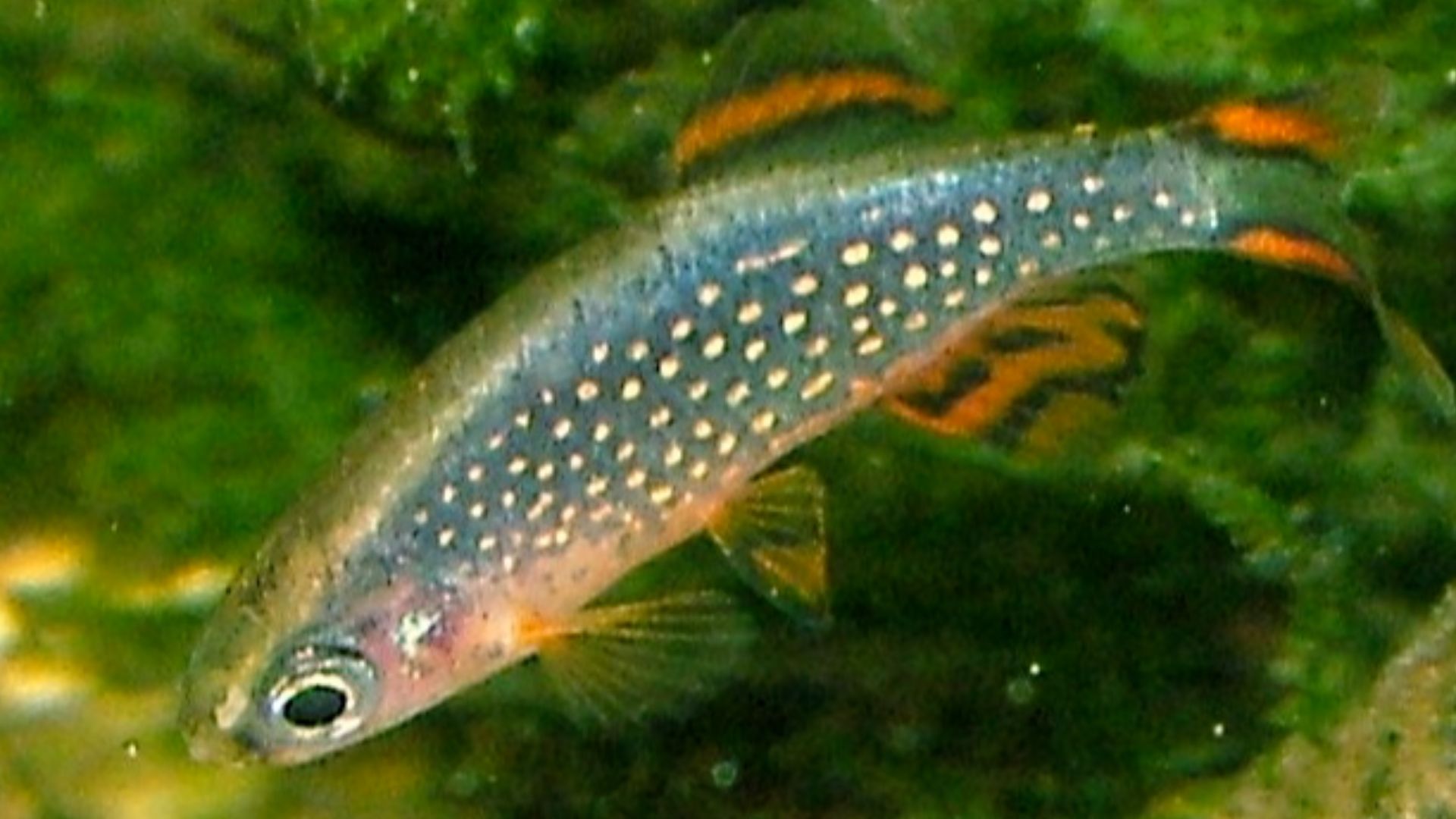 Pseudogastromyzon on Wikimedia
Pseudogastromyzon on Wikimedia
6. Dwarf Pygmy Goby
Another goby makes the list, this time reaching lengths of 9 mm with a maximum of 11 mm. They like to live in mangrove-rich areas, particularly in Southeast Asia. Their patterns enable them to take advantage of camouflage, which helps them avoid predators.
7. Photocorynus Spiniceps
The males of this species reach 6.2 mm in size, which is why they often find much larger females to attach to. That being said, they actually prefer living in deep-sea environments and rely on these partnerships to survive.
8. Midget Dwarf Goby
This goby often gets as large as 10 mm. With this diminutive size in mind, it's pretty good at hiding in the crevices of coral reefs and lives mostly in the Indo-Pacific oceans. They also rely on key symbiotic relationships to survive the seas.
9. Danionella Translucida
The translucida can get a maximum length of 15 mm but usually clocks in at around 10 mm. They, too, live in the freshwater streams of Myanmar and have been noted to form schools. They’re also quite transparent-looking, which might help them hide from predators.
10. Chili Rasbora
The rasbora can get as big as 20 mm and lives in the blackwater streams in Borneo and Indonesia. Relying on dense vegetation to provide refuge from predators, this species also likes to form large groups. After all, there is safety in numbers.
Now that we have talked about some of the smallest fish species in the world, here are 10 of the biggest species to consider.
1. Whale Shark
You might expect to see a blue whale here, but whales are not fish; they are mammals. However, the whale shark is a shark, which is a type of fish, and gets its name for its whale-like size. Despite reaching over 18 m in length, they are actually harmless filter feeders found in tropical waters around the world.
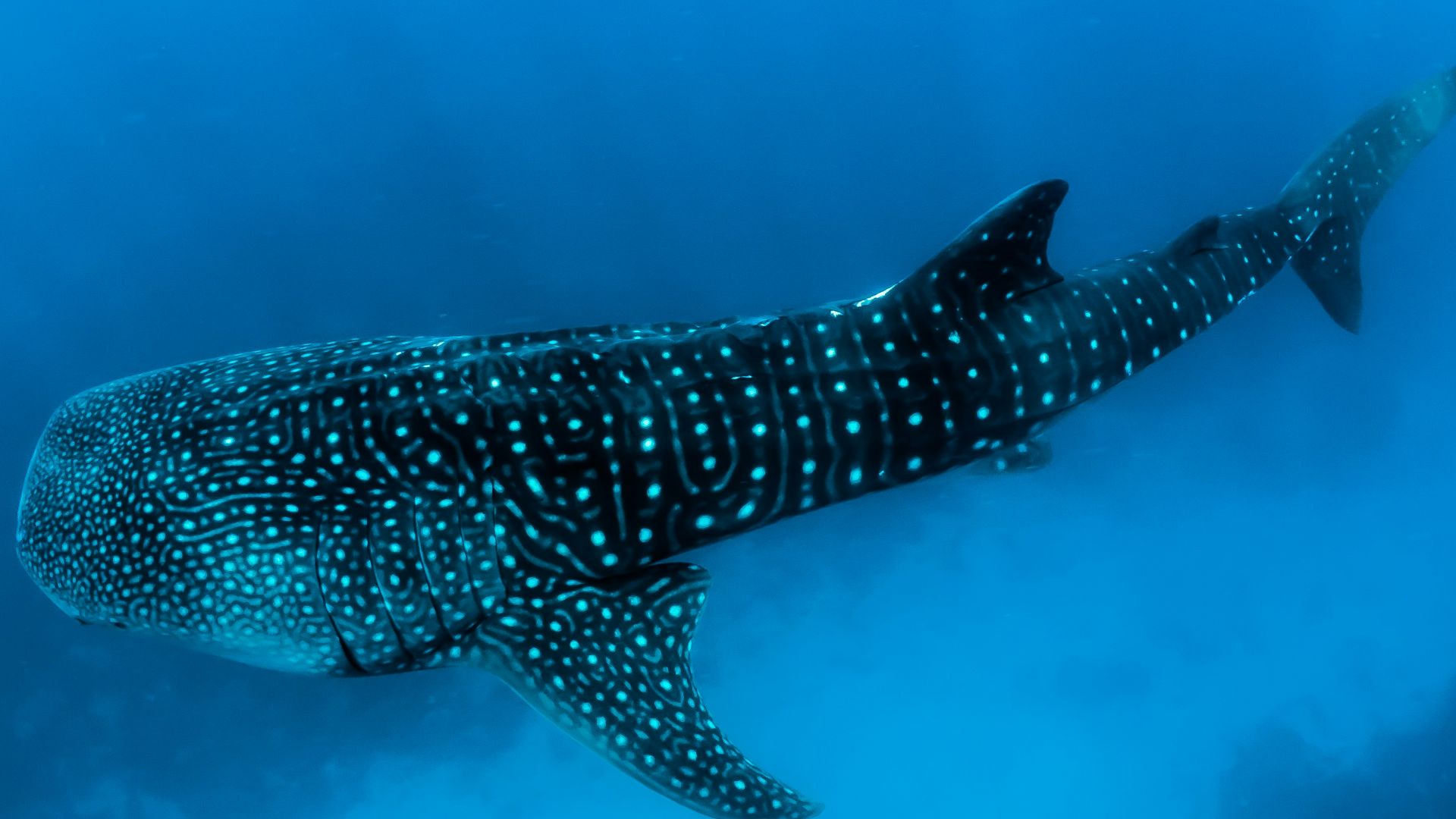 Sebastian Pena Lambarri on Unsplash
Sebastian Pena Lambarri on Unsplash
2. Basking Shark
Another relatively harmless shark is the basking shark, which lives its life in the coastal and open oceans of the world. They can get up to 12 m in length and, like the whale shark, prefer to filter-feed with their mouths open.
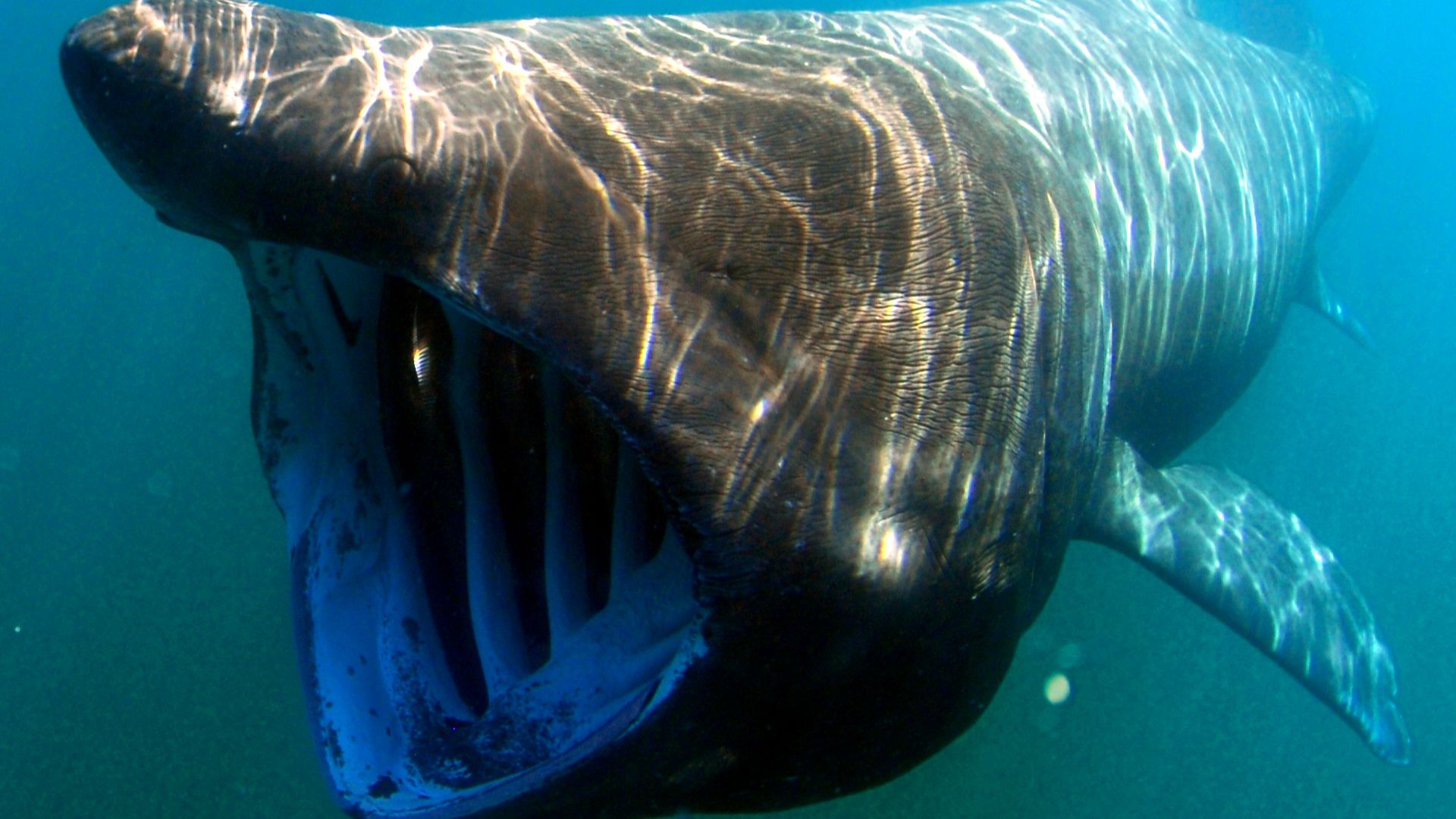 Greg Skomal / NOAA Fisheries Service on Wikimedia
Greg Skomal / NOAA Fisheries Service on Wikimedia
3. Great White Shark
The great white, on the other hand, can be a bit dangerous. While humans are not their preferred prey, their curiosity causes them to sometimes accidentally confront humans. Regardless, they are essential predators who get a bad reputation. Reaching up to 6 to 7 meters, they hunt seals in coastal and offshore waters around the world.
4. Tiger Shark
The tiger shark lives in tropical and subtropical waters and can also exceed 7 meters in rare cases. They are one of the most aggressive sharks out there and will pretty much eat whatever they get the opportunity to get their jaws around.
5. Giant Oceanic Manta Ray
On the other hand, the giant oceanic manta ray keeps things relaxed. Reaching a 7-meter wingspan, it floats around the tropical and subtropical oceans of the world, filter-feeding on plankton and small fish.
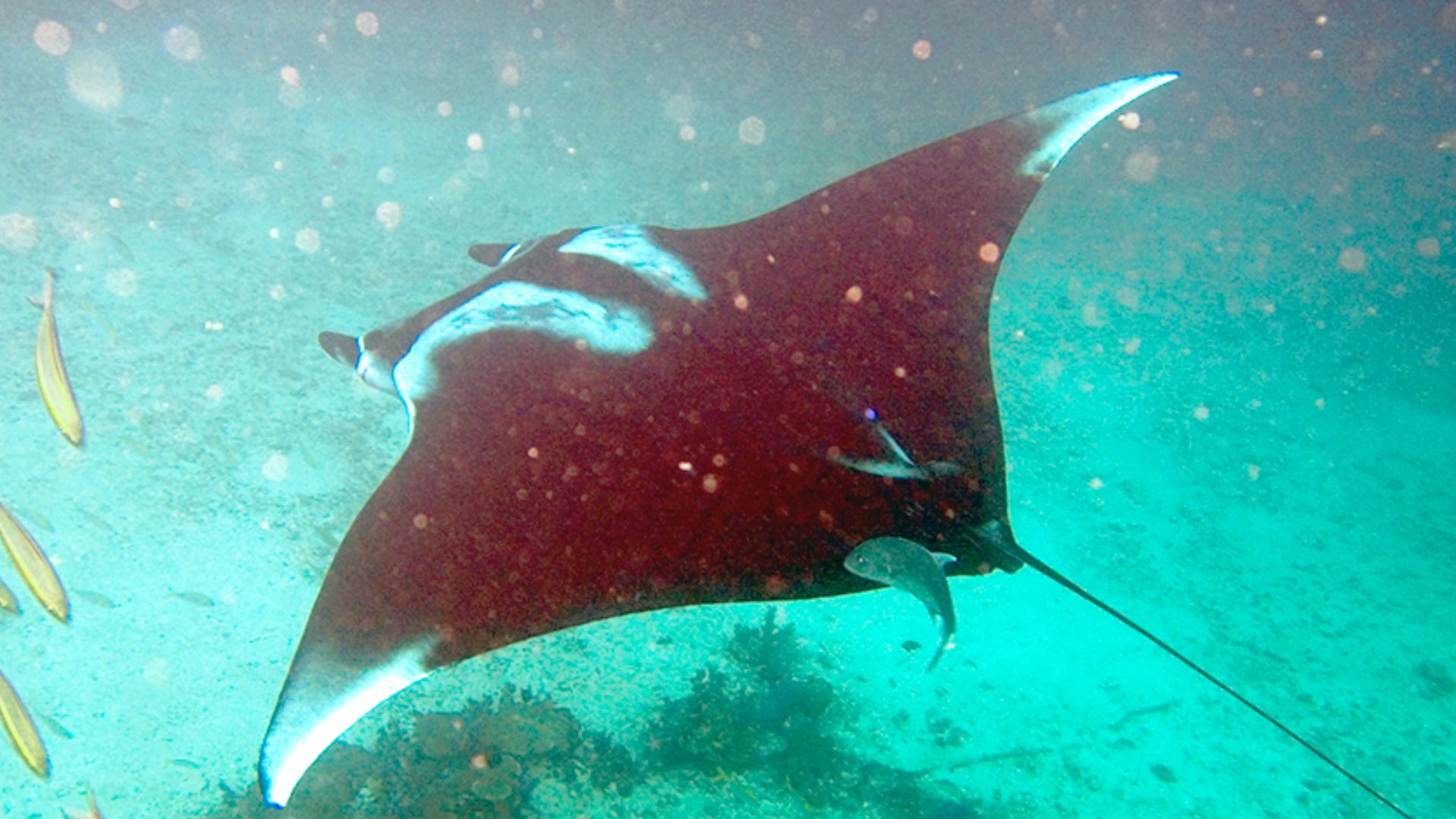 jon hanson from london, UK on Wikimedia
jon hanson from london, UK on Wikimedia
6. Giant Sunfish
The giant sunfish is quite a sight to behold, and it lives both in deep and coastal waters. Reaching about 3.3 meters, what might be more impressive is its 2,000 kg of weight. It also has a unique flattened body shape and likes to swim up to the surface to sunbathe.
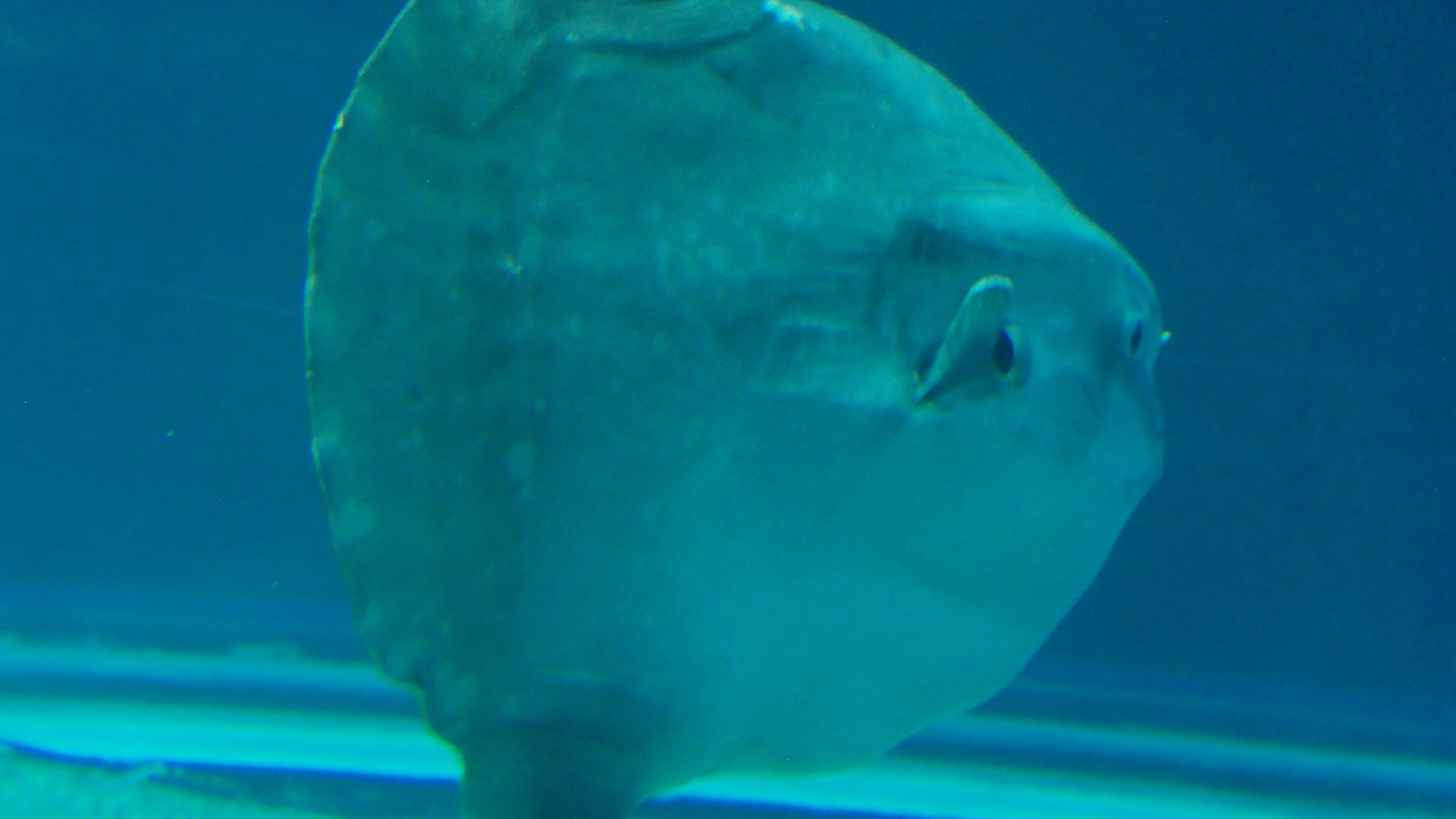 Maarten Heerlien from Voorschoten, The Netherlands on Wikimedia
Maarten Heerlien from Voorschoten, The Netherlands on Wikimedia
7. Ocean Sunfish
A close relative of the giant sunfish is the ocean sunfish, which is a bit smaller at 3 meters. It hunts for jellyfish and small fish and even has an interesting symbiotic relationship with seabirds who clean it when it comes up to bask.
8. Beluga Sturgeon
Sturgeons have so much more to offer than their caviar, with the beluga species living up to 100 years. With all that experience comes size, with some specimens reaching 7 meters. They also reside in the Caspian and Black Sea areas.
9. Reef Manta Ray
The reef manta ray has a wingspan of 5.5 meters and spends its time filter-feeding on plankton in the shallow coastal waters, lagoons, and coral reefs of the world. They also socialize and have been seen collecting in groups.
 Jaine FRA, Couturier LIE, Weeks SJ, Townsend KA, Bennett MB, et al. (2012) on Wikimedia
Jaine FRA, Couturier LIE, Weeks SJ, Townsend KA, Bennett MB, et al. (2012) on Wikimedia
10. Greenland Shark
One of the most mysterious species in the world is the Greenland shark, which reaches about 6 meters in length. They live an impressive 400 years, making them some of the oldest individuals in the world. They also prefer the frigid Arctic and North Atlantic waters, which makes them quite hard to study or spot.


